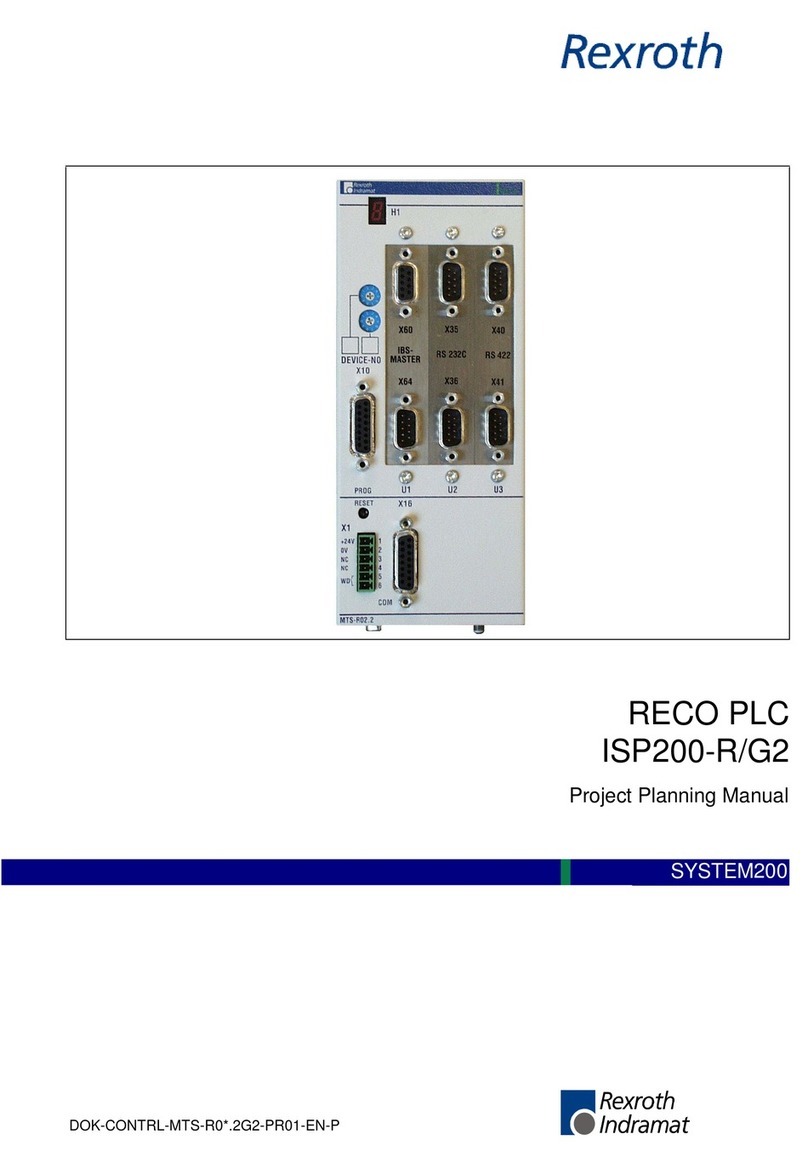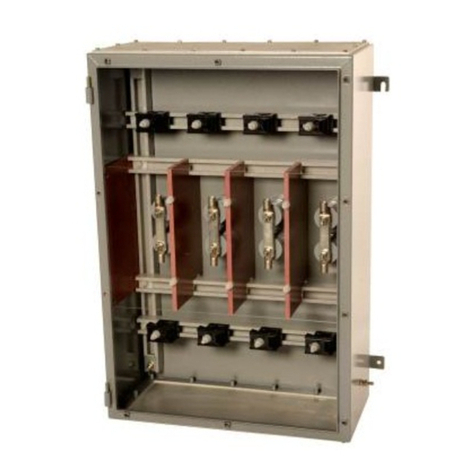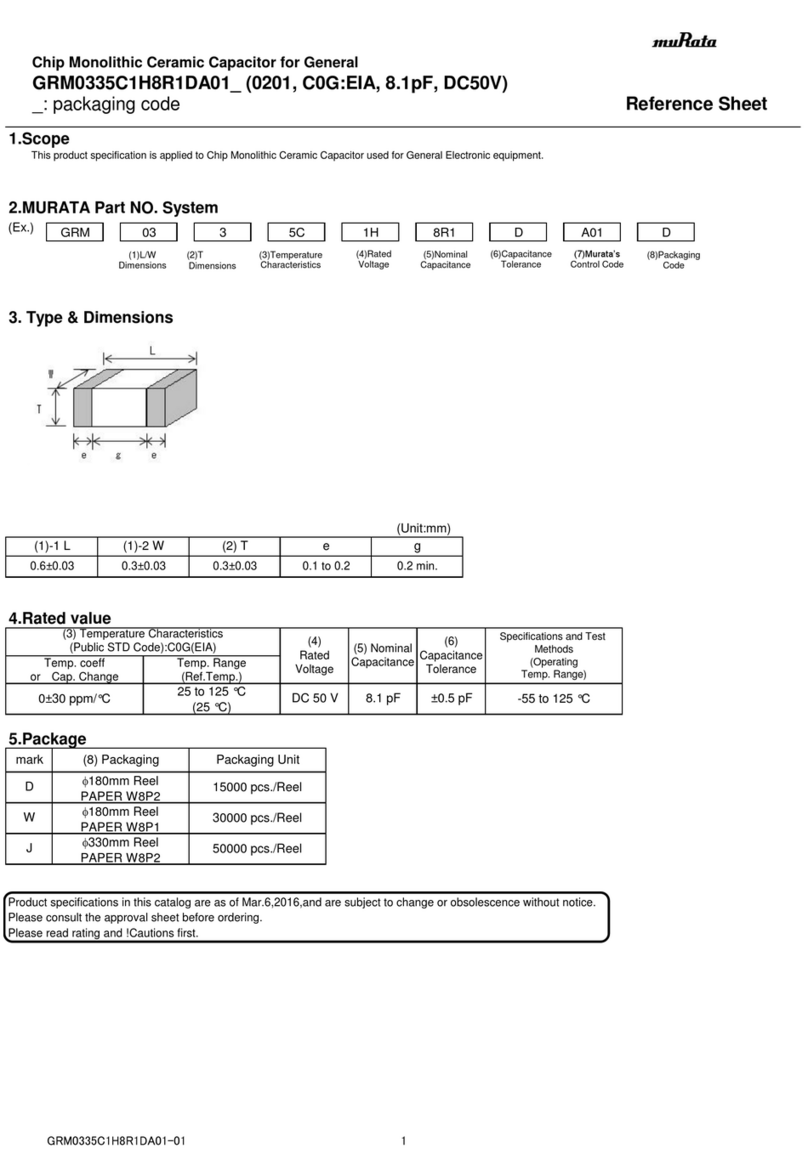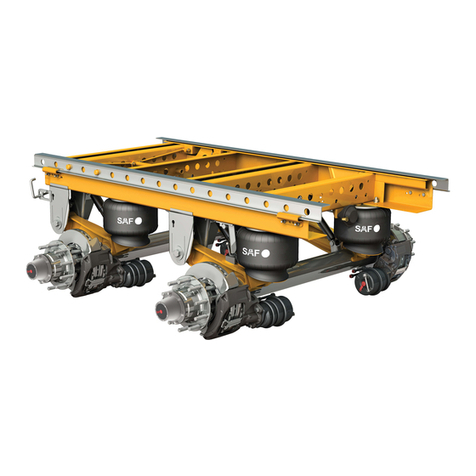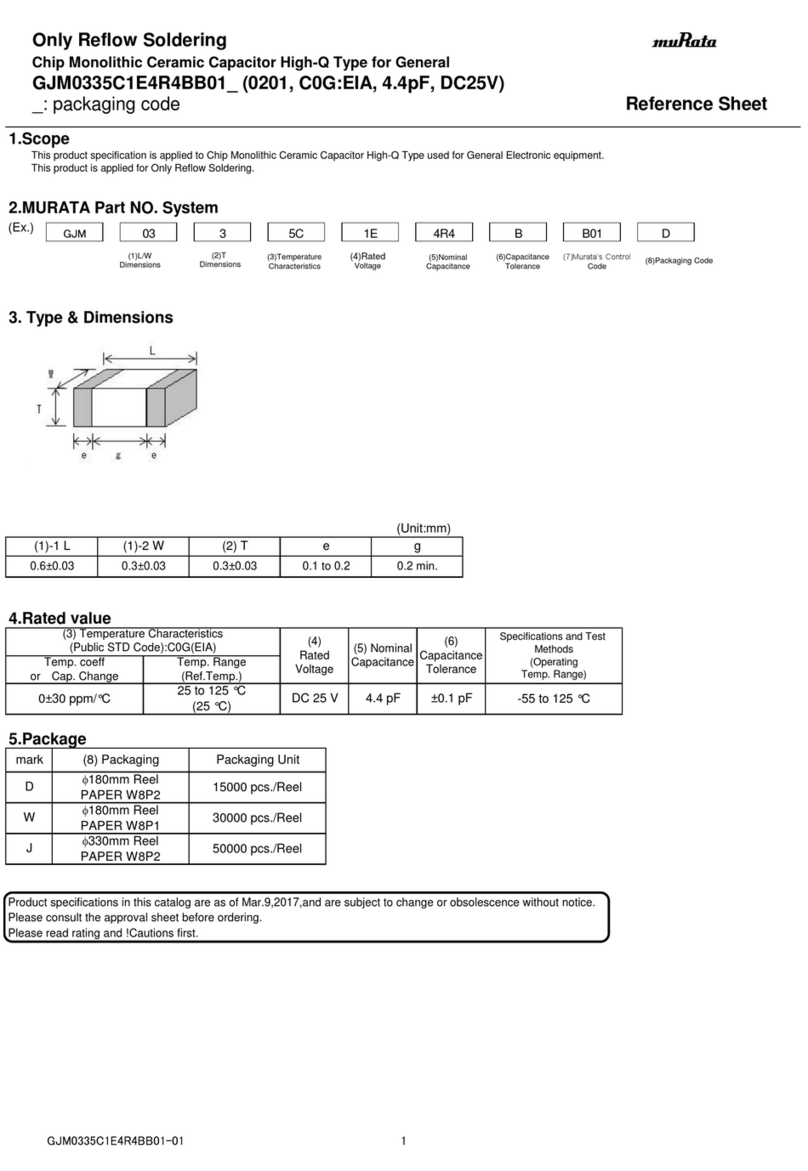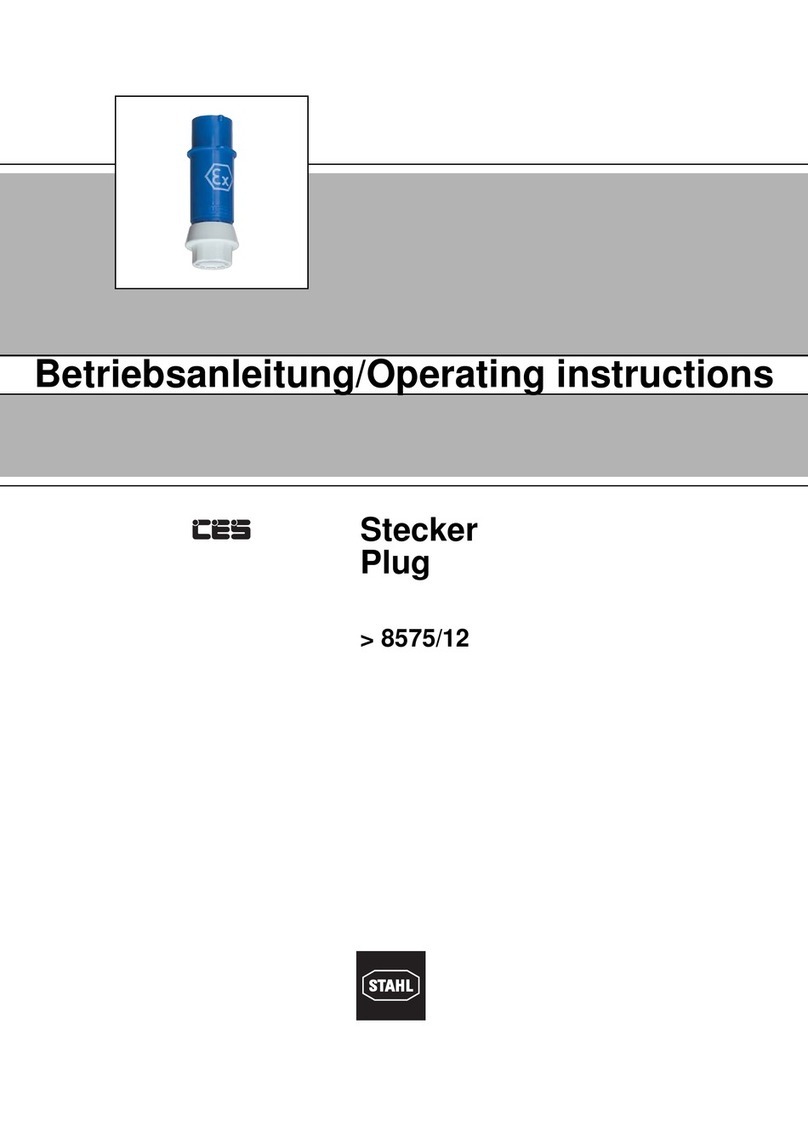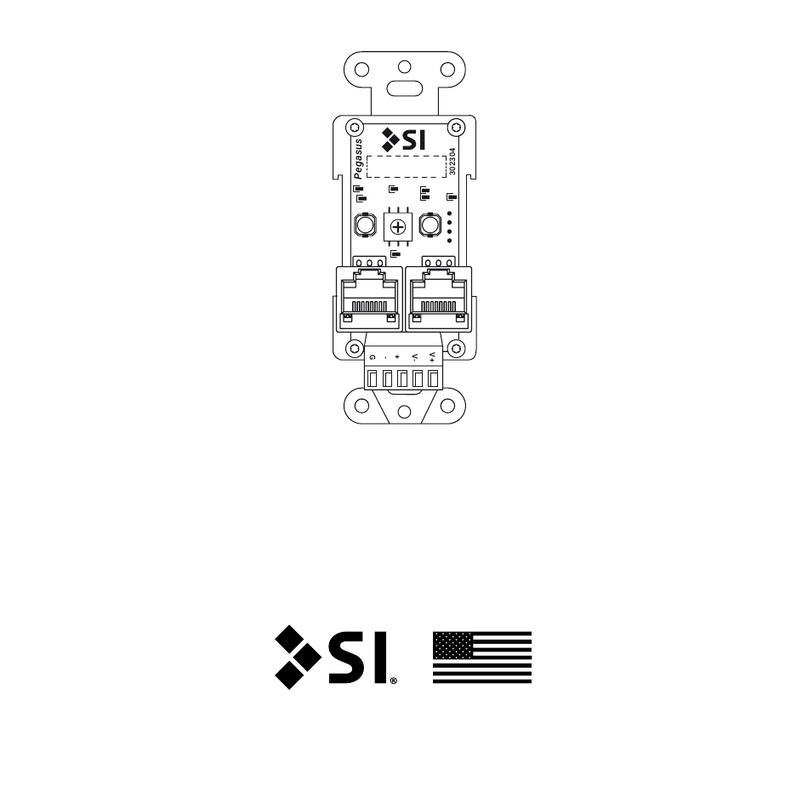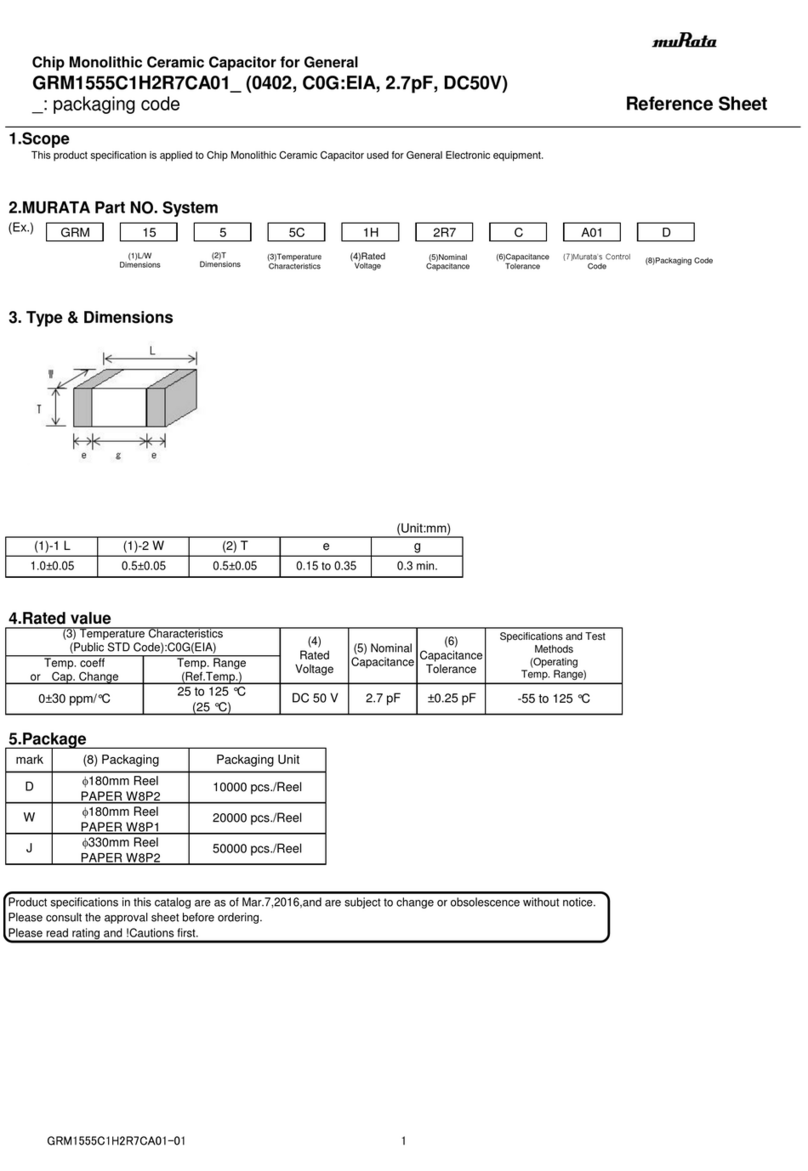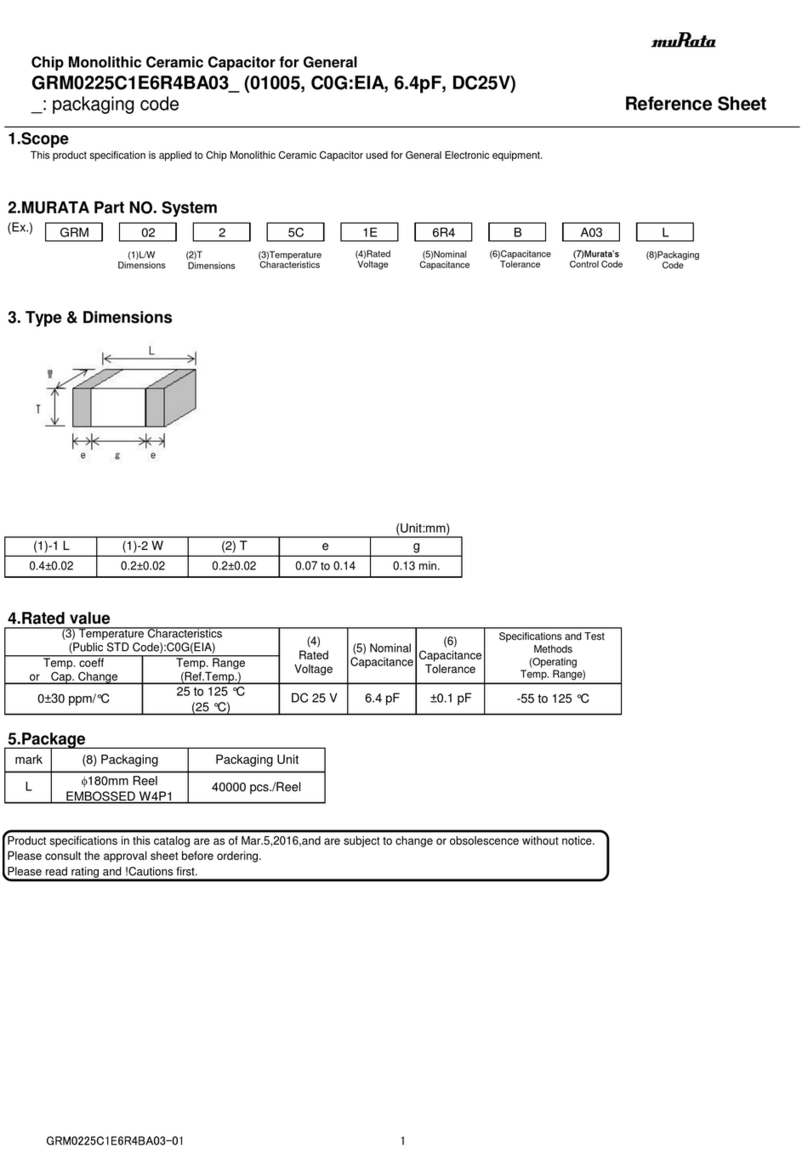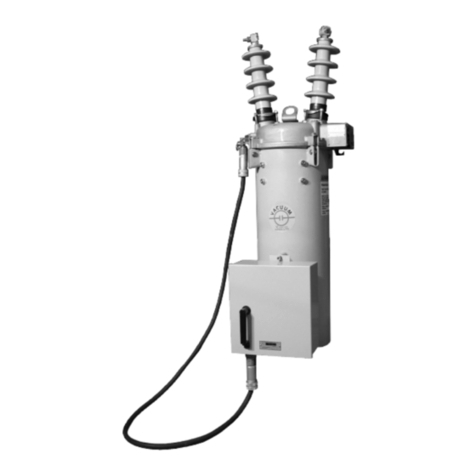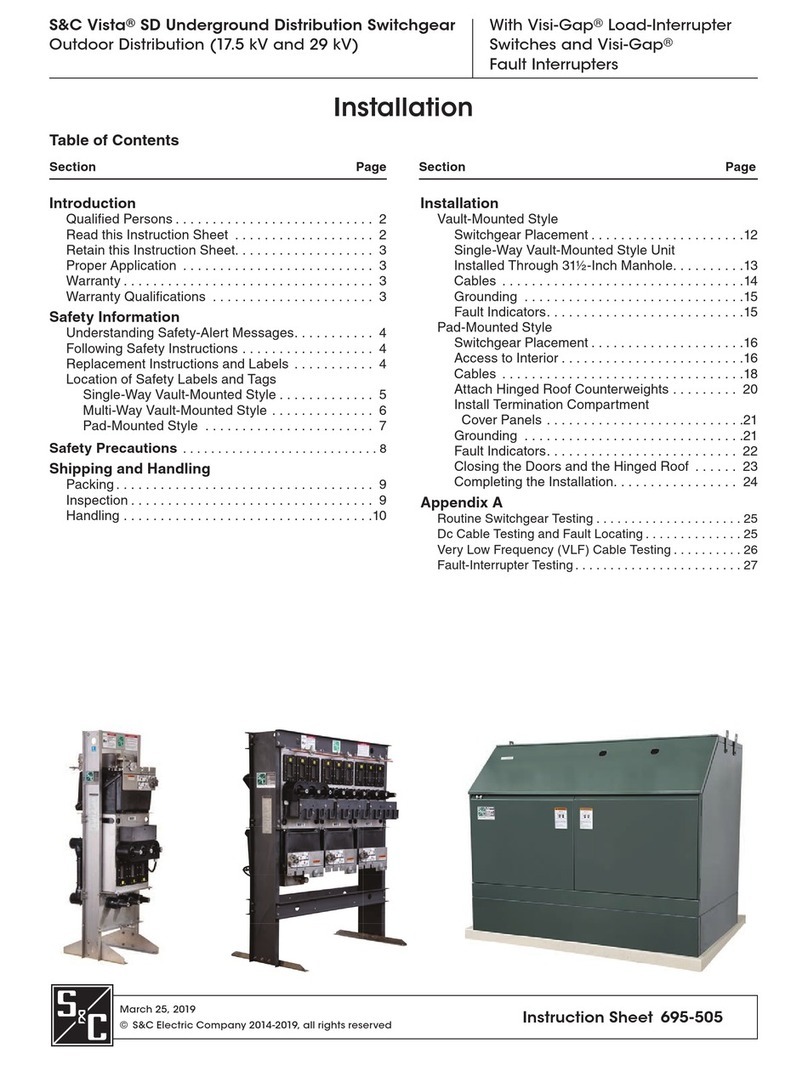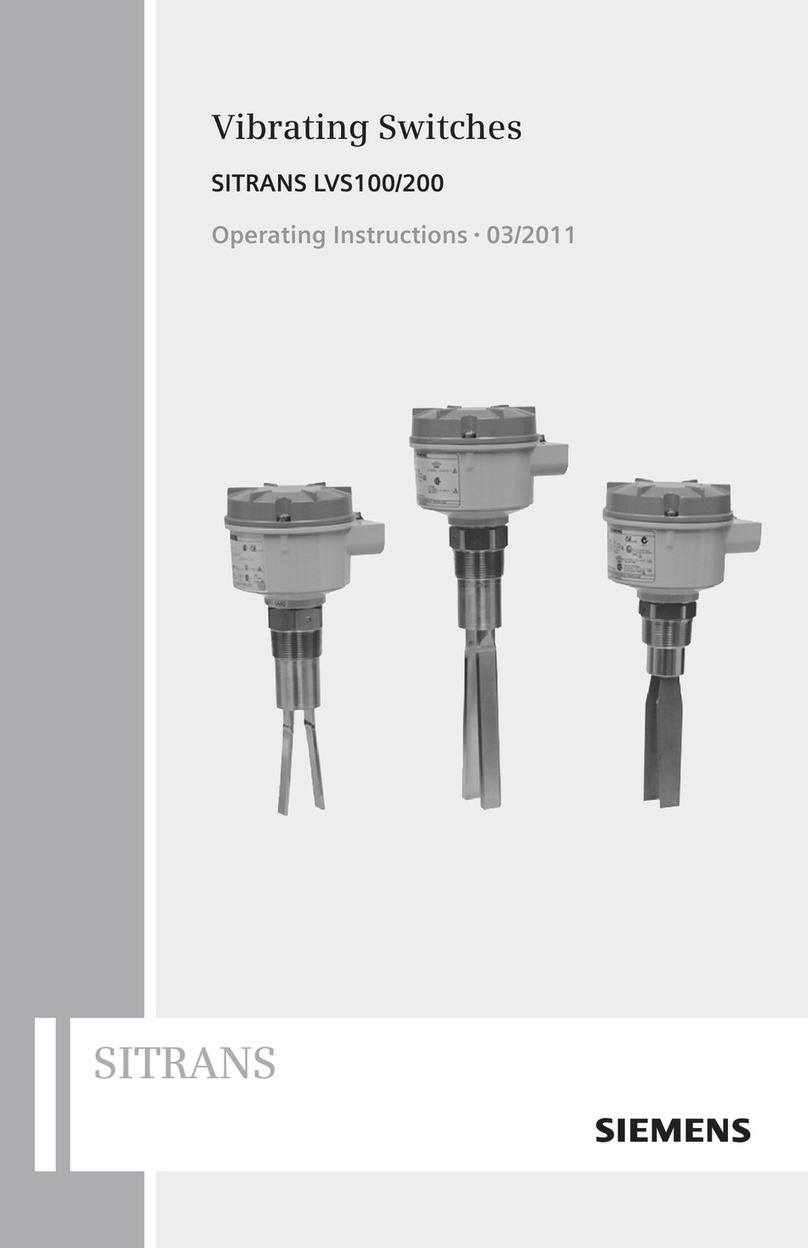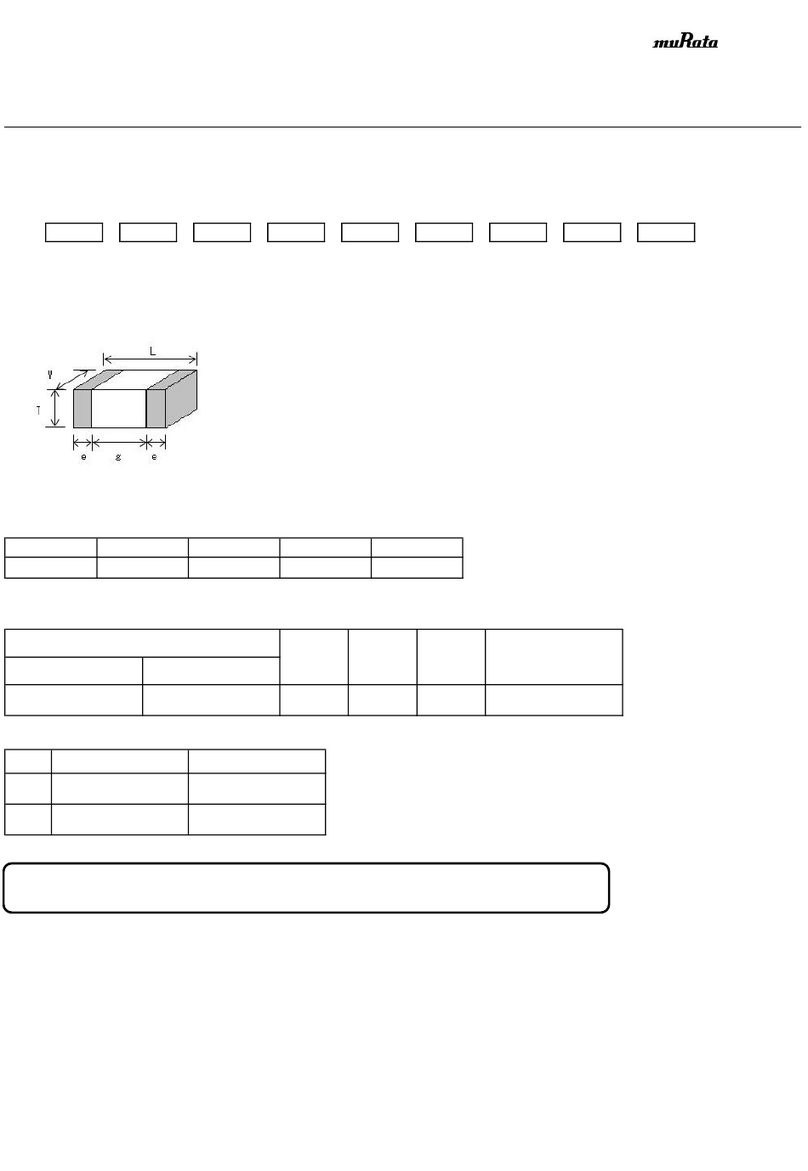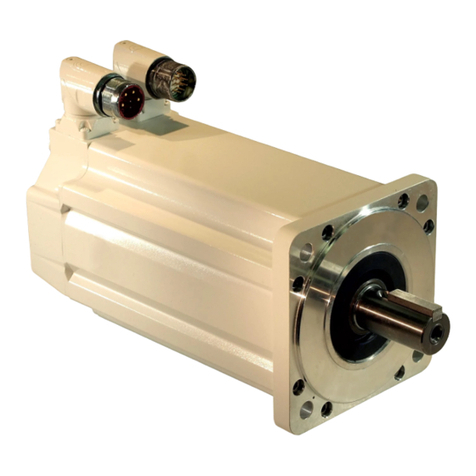
1
Manual ...............................................................
TUNING SET CTS-7-C
TUNING SET CTS-7-CE
Congratulations to the purchase of your Tuning Set CTS-7. It will make the tuning of your
musical instruments much easier and will provide you with high-precision results.
Part 1 of these operating instructions contains general information about the Tuning Set.
Part 2 allows you to learn the basic functions by means of operating examples. To quickly
familiarize yourself with the Tuning Set, follow the examples with a musical instrument and
the tuning device, and stick closely to the instructions. The “Quick Reference Guide for the
Tuning Mode” contains a summary of the subjects of part 2 on one page.
The remaining chapters contain special subjects and examples for more in-depth study as
needed. For orientation purposes, the “Menu Control Overview” is included in this manual.
Contents
1Initial Operations.................................................................................................................. 3
1.1 Power supply ................................................................................................................ 3
1.2 Battery change.............................................................................................................. 3
1.3 Setting up the device.................................................................................................... 4
1.4 Recording ...................................................................................................................... 4
1.5 Active box for audible tone (CTS-7-CE only).............................................................. 4
1.6 Switching on the Tuning Set........................................................................................ 4
1.7 Resetting the device to factory settings ..................................................................... 4
1.8 Deleting all memories................................................................................................... 5
2Tuning Mode (Basic Tuning Functions) ............................................................................. 5
2.1 Strobe display ............................................................................................................... 5
2.2 Bar graph display ......................................................................................................... 5
2.3 Audible tone on/off ....................................................................................................... 6
2.4 Tone adjustment ........................................................................................................... 6
2.4.1 Automatic tone adjustment mode............................................................................ 7
2.5 Selecting functions....................................................................................................... 7
2.6 Pitch setting (concert pitch) ........................................................................................ 7
2.6.1 Automatic pitch search............................................................................................ 8
2.7 Cent adjustment............................................................................................................ 8
2.7.1 Automatic cent search............................................................................................. 9
2.8 Partial tone adjustment ................................................................................................ 9
2.9 Pure interval tuning ...................................................................................................... 9
3Menu Control ........................................................................................................................ 9
3.1 Tuning Set switch-off ................................................................................................. 11
3.2 Illumination on/off....................................................................................................... 12
